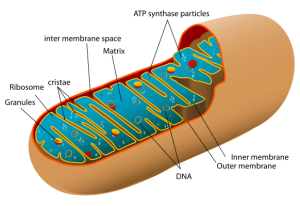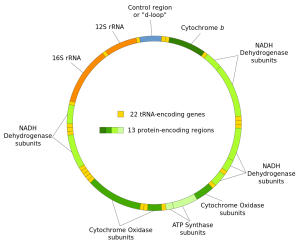BioKnowledgy 8.2 Cell respiration AHL from Chris Paine.
Find a video lesson on this sub-topic at Dan Rott videos.
8.1 Cell Respiration essay qus
Paul Andersen covers the processes of aerobic and anaerobic Cellular Respiration in a 14m 14s tutorial.
Short, simple animations to show mitochondrial electron transport, ATP synthase & ATP synthase mechanism
Here are some fantastic animated tutorials from McGraw Hill Education – how glycolysis works, how NAD+ works, how the Krebs cycle works, the ETC & ATP synthase & proton pump & ATP synthase.
Wiley have a number of Interactive Animations about Cell Respiration that take you through it step-by-step; just click on ‘Glycolysis’ or ‘Citric Acid Cycle’ or ‘Oxidative Phosphorylation’ in the link.
Another animated tutorial of the ETS is here.
How Cells Obtain Energy a 14m 2s vid from 2004:
Powering the Cell: Mitochondria, a 2m 9s visual treat from Harvard University; and here is part of it with narration.
Mr W sings the Glycolysis! rap and then the Kreb’s! rap.
Animal mitochondrion structure & the human mitochondrial genome (click to enlarge)


